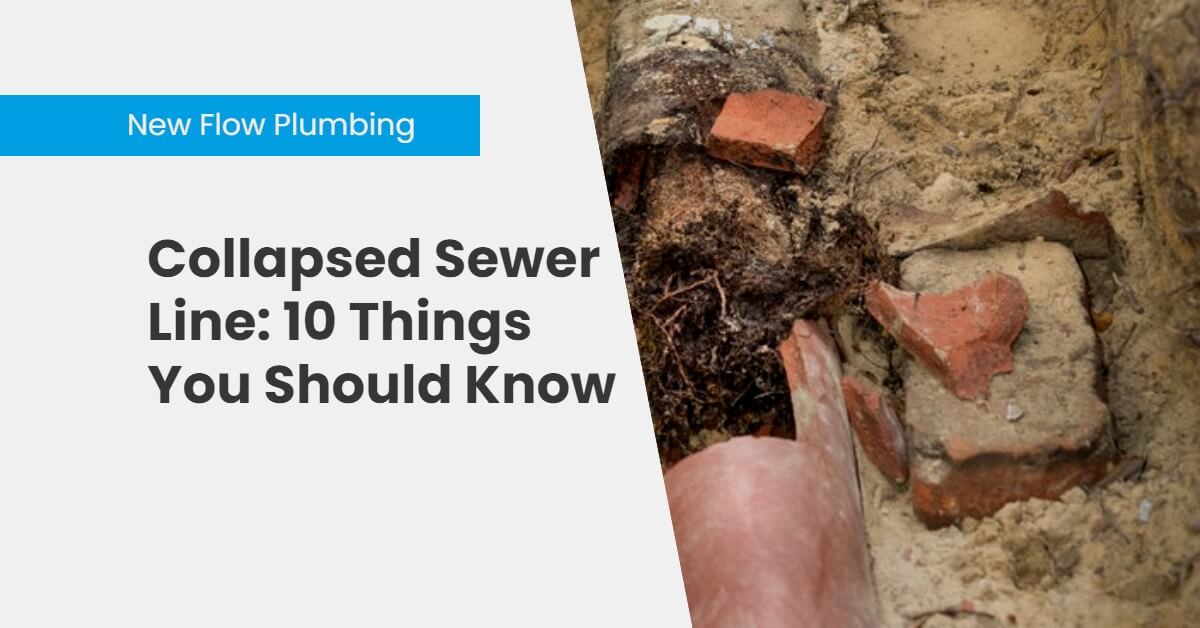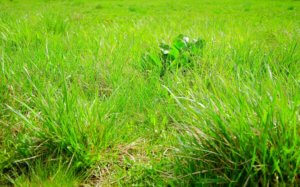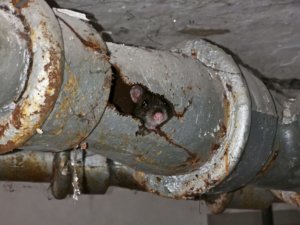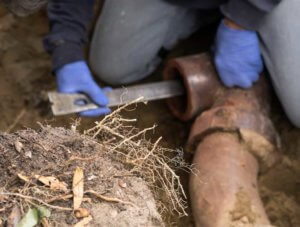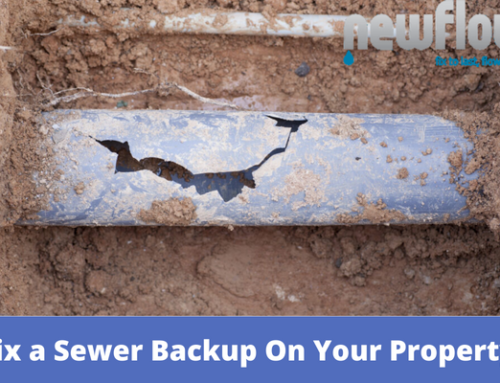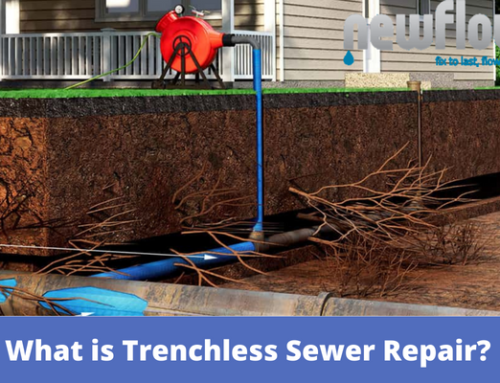Collapsed Sewer Line: 10 Things You Should Know
Do you have a collapsed sewer line? Are you unsure of what to do next? This article talks about 7 signs you have a collapsed sewer line, the best solutions, and how much a fix should cost. Follow along!
6 Signs You Have A Collapsed Sewer Line
Take a look at each of these and see if you notice similar traits in your home.
4 Reasons Why Sewer Lines Collapse
Below are some common reasons why sewer lines collapse.
These are not things that you want to live with long. Don’t wait to react to any of these clear signs of a collapsed sewer line.
Parts of A Sewer Line
Broken up into two parts, your sewer line is split between, Upper and Lower.
Upper Sewer Lateral – The upper lateral is the section of pipe that’s closest to your home. The upper starts from where your pipes leave your home to a cleanout at the sidewalk or property line. These lines run underneath your yard and foundation.
Lower Sewer Lateral – The lower lateral starts where the upper ends, and goes to the city-owned mainline? The lower is usually underneath the public road.
Learn more about – How to repair lateral sewer line
Note: If there is no cleanout where the upper lateral ends, the lateral sewer line is not usually considered split between upper and lower portions.
How To Fix A Collapsed Sewer Line
Below are the best methods of sewer line repair using trenchless technology.
Pipe Lining (Trenchless)
A unique, epoxy-impregnated liner is inserted into the old pipe and inflated. This creates a new pipe inside the old one. Pipe lining can be considered replacement or repair depending on whether the whole pipe length will be lined or just a section.
If only a section of pipe (a spot repair) is lined, it is considered a repair. If you line the whole pipe from start to finish, it is basically like getting a brand new pipe installed (aka replacement).
Pipe Bursting (Trenchless)
Pipe bursting is where a new HDPE (high-density polyethylene) pipe is attached to a winch with a cone-shaped bursting head and pulled through the damaged line. The damaged pipe breaks apart as the new one takes its place.
Note: Sometimes, a drain pipe is so severely damaged that no trenchless method is viable. Plumbers cannot use trenchless technology on pipes that are back-pitched, which means that the original contractors failed to use the proper slope for your sewer line to your city connection. Also, if the pipe has collapsed onto itself, you will have to go the conventional trenching route.
How Much Does It Cost?
Trenchless sewer repair can cost anywhere between $4,000-$15,000 for the average single-family home. Jobs range from a few feet of repair to hundreds of feet, changing the pricing per amount of needed work. There will always be a base cost starting at permits, contractor mobilization, project minimums, and then prices move on from there.
Conventional sewer repair, on average, costs $50 to $450 per linear foot. The price to install brand new pipes throughout your home or yard could run to $15,000 because of all the extensive work, such as trenching and excavation. Conventional sewer repair quotes will be lower than trenchless, but they don’t include the cost to clean up the mess and repair the property damage.
Who Can Fix A Collapsed Sewer Line Near You?
It’s time that New Flow Plumbing comes in to save the day. We’ll get you started with a CCTV sewer camera inspection to determine where your problems come from. Then, we give you a free repair estimate, followed by available repair options. Whatever the issue, New Flow Plumbing will have your plumbing running perfectly again.

